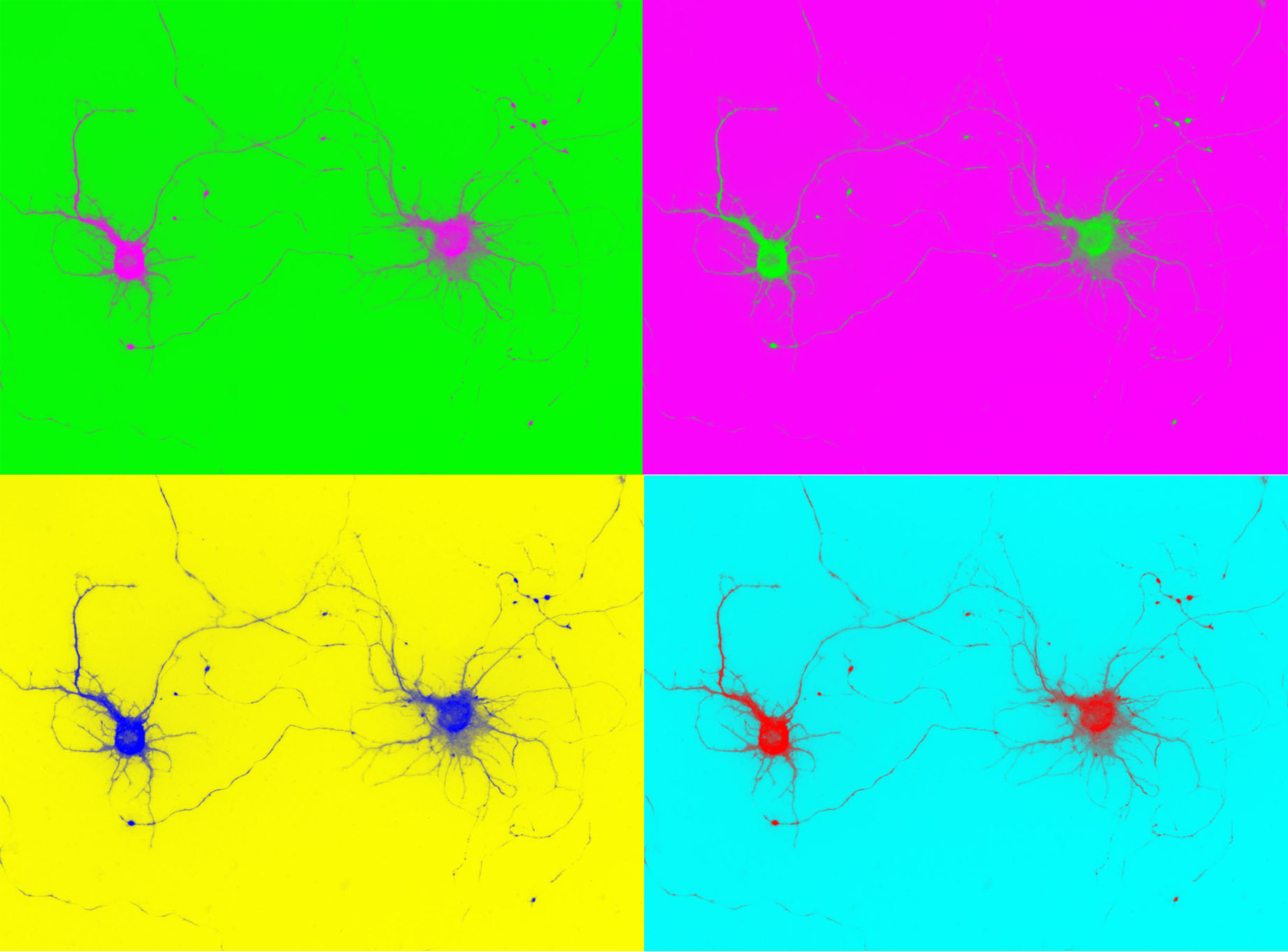Description: In the image we can see neurons in a petri dish that extend to make connections. Physical contact among neurons is vital for communication between these cells and hence for brain function. We study how memories are made in our brain and I decided to see what happens to neurons when we manipulate levels of specific proteins that contribute to memory. when some proteins are missing, neurons do not develop contacts and memory formation is impaired. Physical contacts between neurons is vital to ensure cell communication and the formation of memory. The essence of who we are, our experiences, personality and reaction start with a simple touch between neurons. Physical distance? Not in our brain!
Why did you conduct this research? In our lab we study how memories are formed and retained over time. For memories to form it is essential that neurons in our brain form the appropriate connection among them and in order to do so they need to be physically close enough for their synapses to touch. This allows neurons to communicate and adapt so that we can learn and retain memories and, indeed, become who we are. The shape of our thoughts and actions and memories can be reduced to neurons making connections and constantly adapting.
Technique: The image was obtained with a technique called immunofluorescence. Briefly neurons were put on a small coverslip and made fluorescent to be able to visualize them and to capture an image. Acquisition was achieved with a cytation microscope. After acquisition images are black and white for clarity of contrast, however, I always like to play with photoshop to make my neurons look like fancy art. The coloured images were obtained by inverting colours in only one of the colour layers. This is how I created bright colours and psychedelic neurons.
Acknowledgements: I would like to acknowledge above all my supervisor Dr. Iva Zovkic. She is a constant source of encouragement and inspiration that believes in my work and abilities even when I doubt them. A second thank goes to Dr. Brandon Walters, whom I consider a second mentor, for all the support shown me over the years. All of our work wouldn’t be possible without our funding from CIHR and NSERC, that allow me to grow tiny beautiful neurons in a petri dish.

